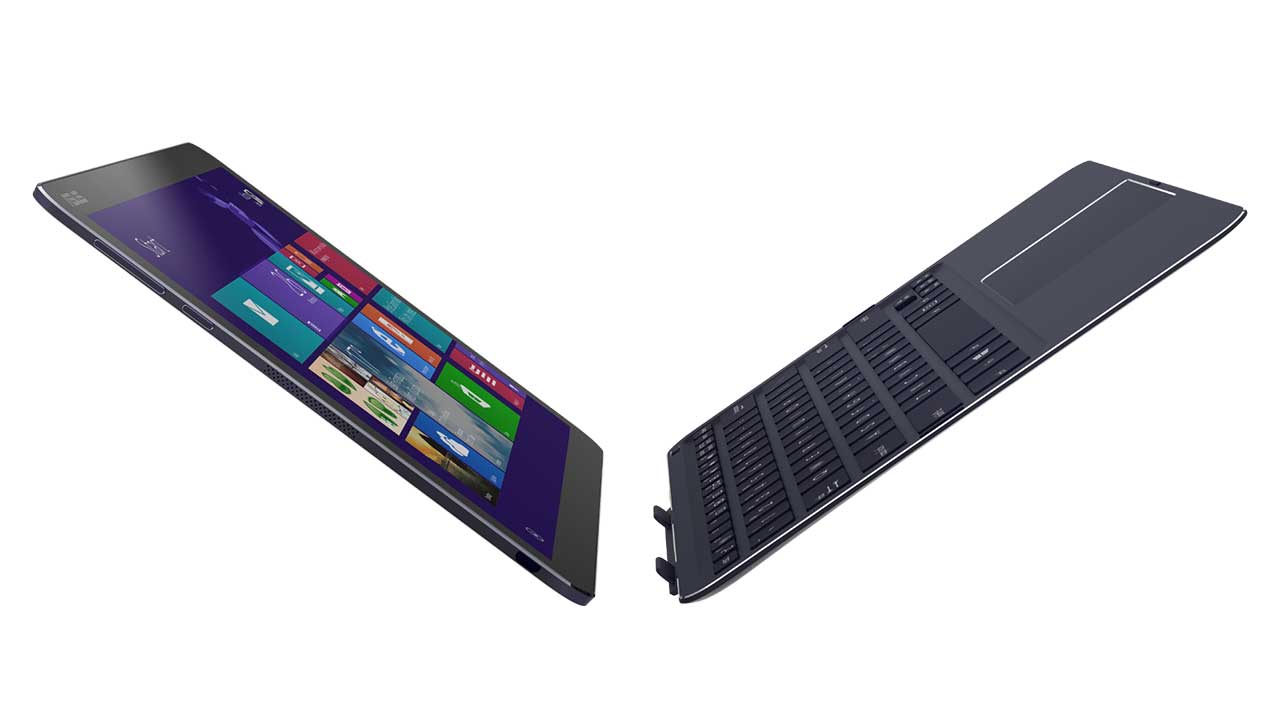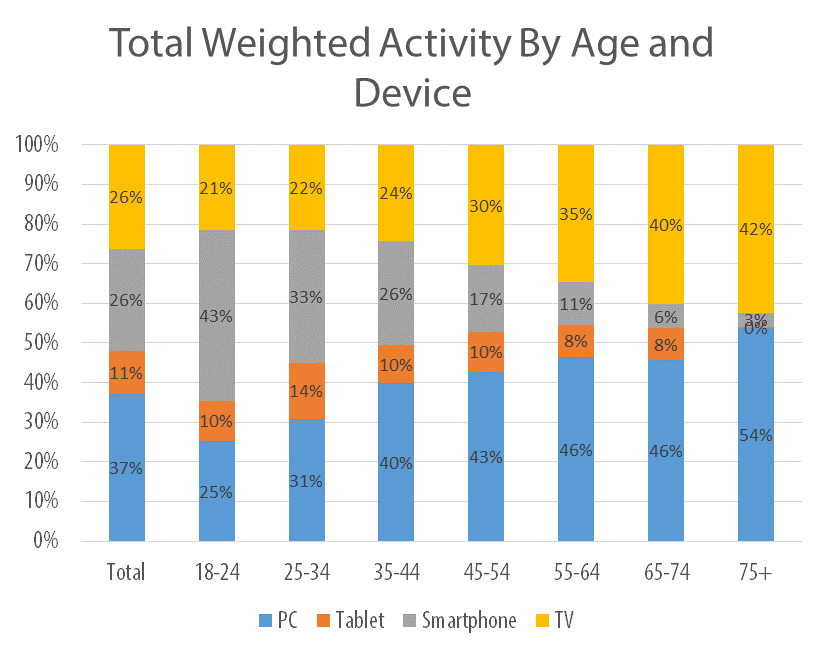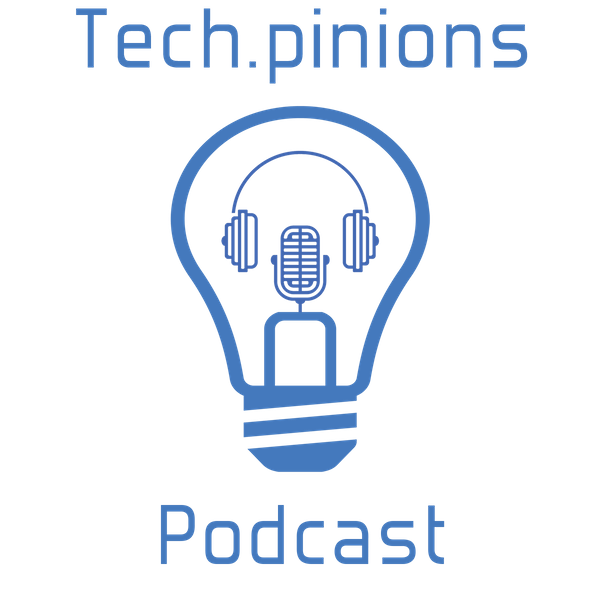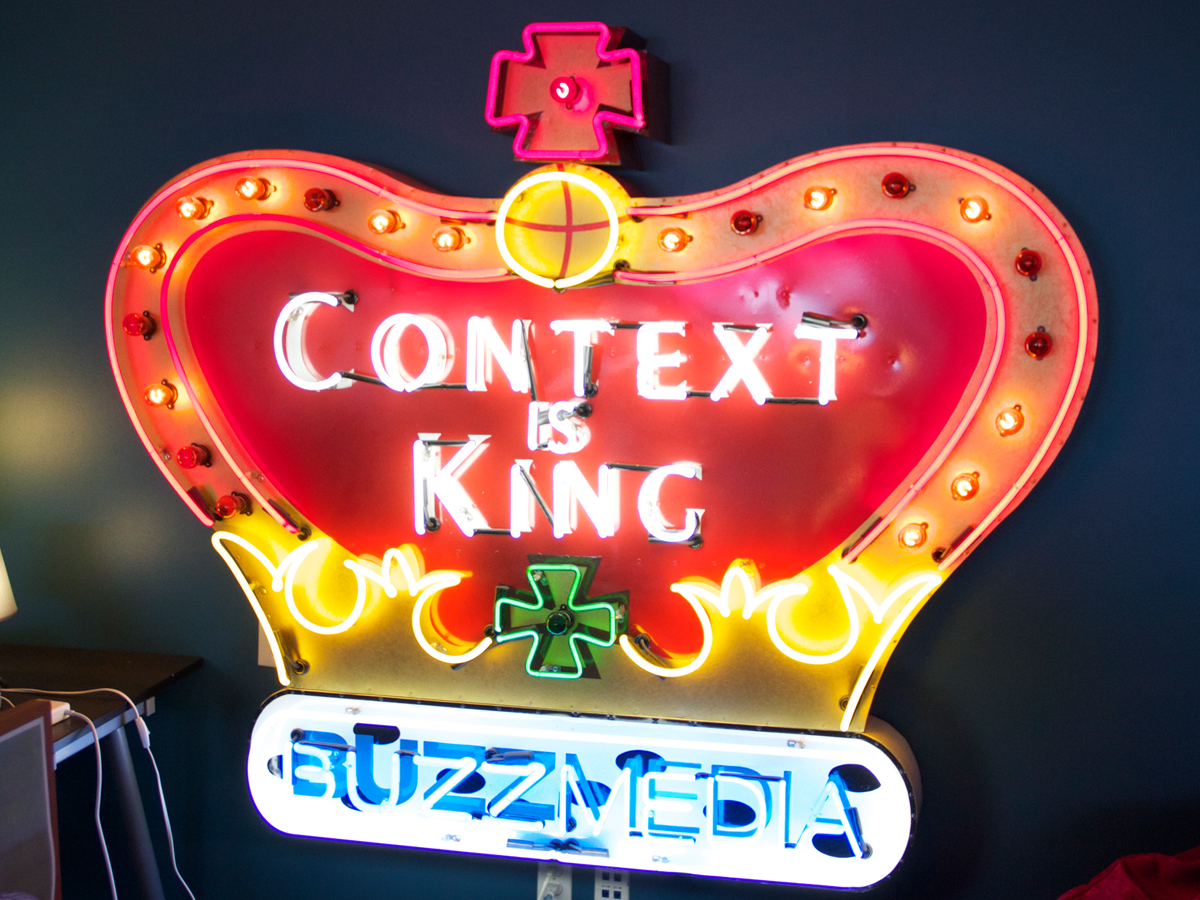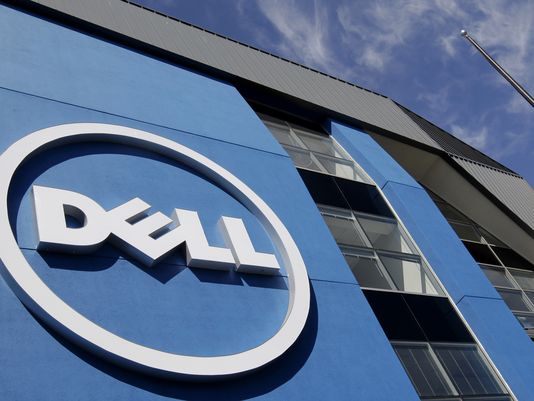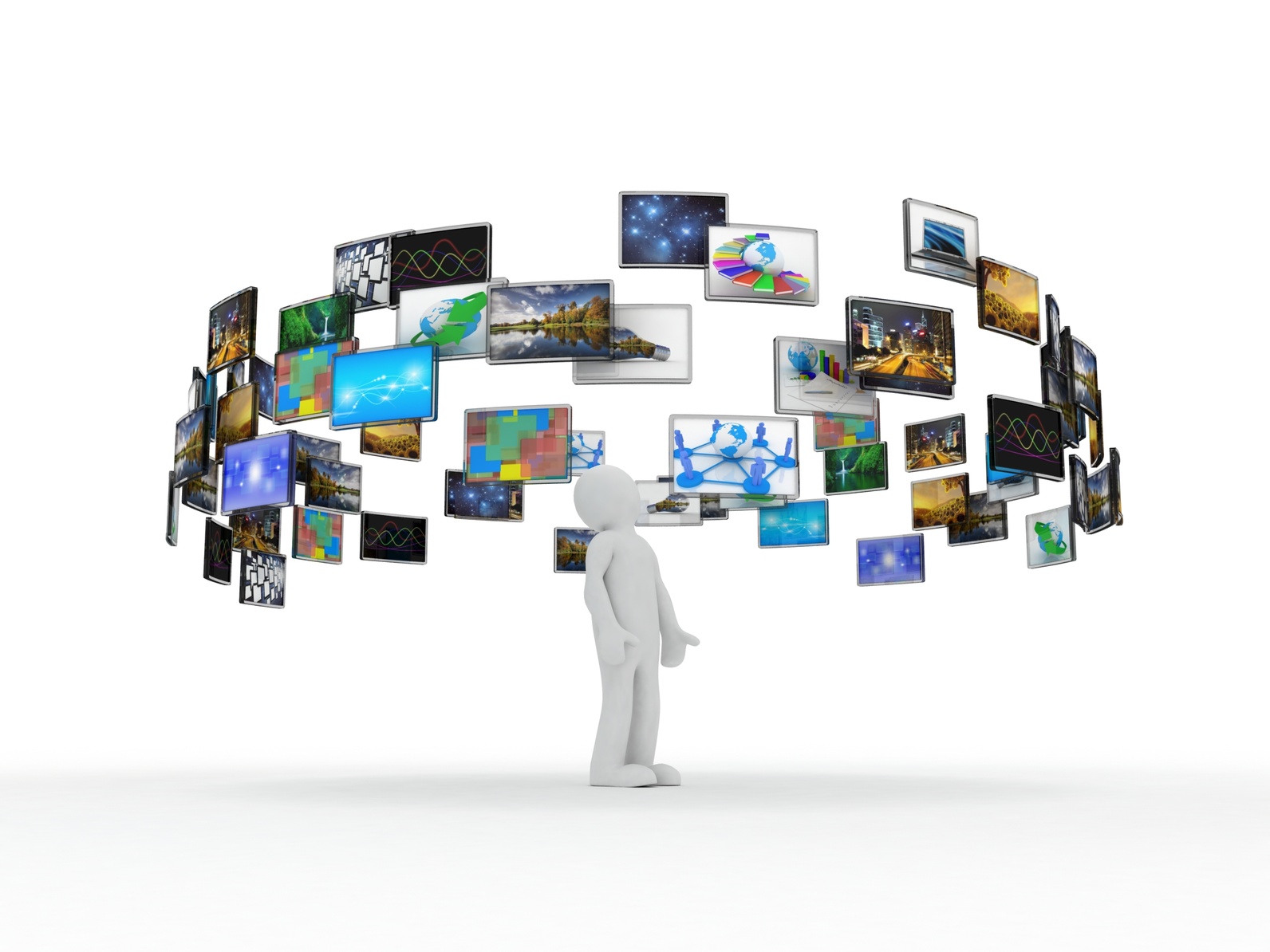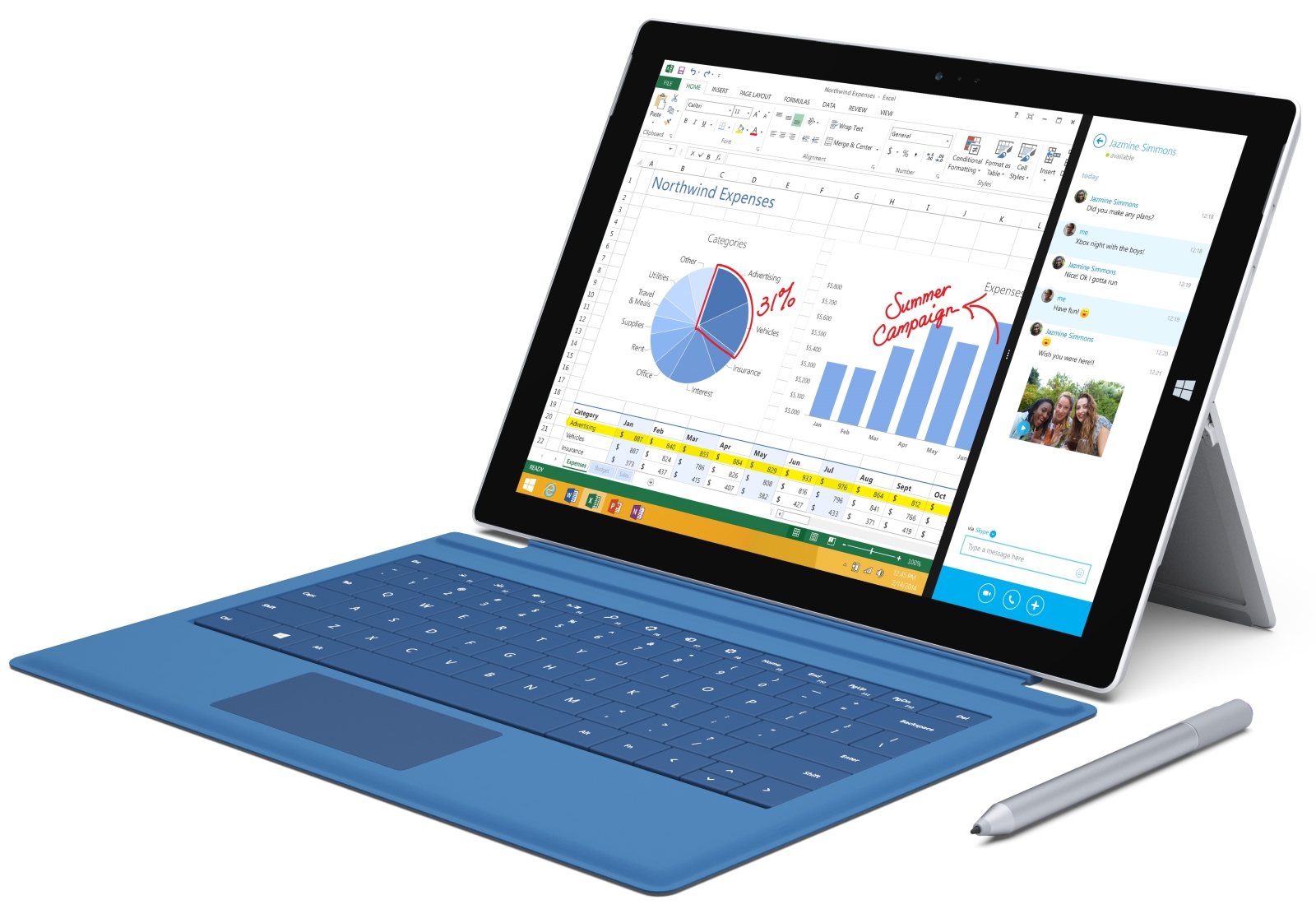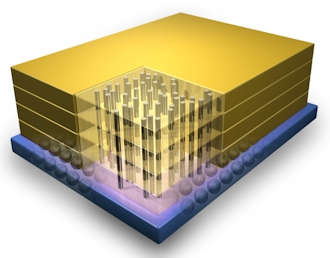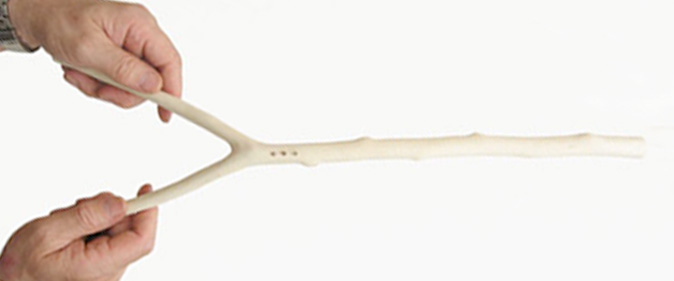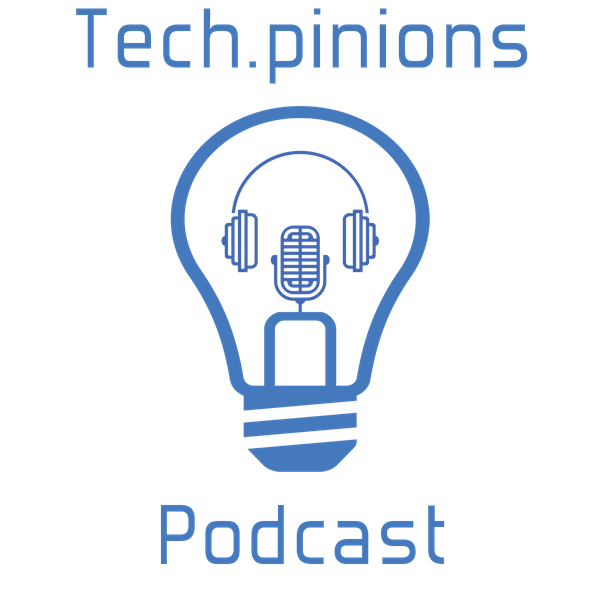When we think about how devices and their usage are evolving, it’s tempting to talk about the rise of one versus the decline of another. But the reality is much more complex. What’s actually happening is that people are acquiring more devices, while simultaneously engaging in more activities, and then splitting those activities across their growing cadre of devices.
Things used to be simple. People created documents on PCs, made phone calls on mobile phones and watched live broadcasts on TVs. Sure, there were a few outlying examples, but even just 10 years ago (heck, 5 years ago for many people), that’s pretty much what people did.
Now, people engage in an enormous range of activities on devices, from numerous forms of communication—such as ephemeral sharing of 10-second video clips, or 140-character bursts of thought—to watching videos created by amateurs, streamed from online services, the moment they feel the urge to do so. Plus, they expect to be able to engage in any of these, and many other, activities on whatever device they happen to be holding or is located nearby.
The end result is that overall usage of devices—which I’m currently defining as PCs, tablets, smartphones and TVs of all stripes—has gone up dramatically. In fact, based on research I just completed with 2,574 online respondents across the US, UK, Brazil and China for my firm, TECHnalysis Research, activity-based usage of personal devices (not work-owned devices) averages over 9.4 hours a day. That’s a lot of screen and/or ear time (listening to music was a very popular activity).
Technically, the total device usage times were actually higher, but I compensated for simultaneous usage of multiple devices (such as browsing the web on a tablet while watching TV, or instant messaging on a smartphone while browsing the web on a PC), which is also a growing phenomenon. In fact, the average amount of multitasking across devices—that is, the percentage of time people reported using more than one device at a time—was 42%, and among those 18-24 it was over 50%. (No wonder my teenage and early 20-something children are so distracted….)[pullquote]Despite the enormous growth of the Internet and the impact of mobile devices, watching live TV was still the most popular activity across every age group, from 18 to over 75, in every country surveyed—and by a large amount.”[/pullquote]
While this is unquestionably a break from the recent past, looking at the specific activities people engage in demonstrates that some things have still not dramatically changed. Despite the enormous growth of the Internet and the impact of mobile devices, watching live TV was still the most popular activity (in terms of time spent) across every age group, from 18 to over 75, in every country surveyed—and by a large amount. In fact, average live TV viewing times across the entire respondent base were 75% higher (13.5 hours per week versus 7.8—not compensating for simultaneous device usage) than browsing the web, which was the second most popular activity in terms of time spent.
But what is very different about the current live TV viewing data is how it’s split across different devices. The chart below breaks out live TV viewing by device type and by age group and, along the right hand side, illustrates how many hours per week each age group watches live TV programming. Across the entire age spectrum, fully 30% of live TV viewing is no longer done on an actual TV. For younger age groups, a reasonable amount is done on smartphones and across nearly all the age groups, there’s double-digit usage of PCs for this application.
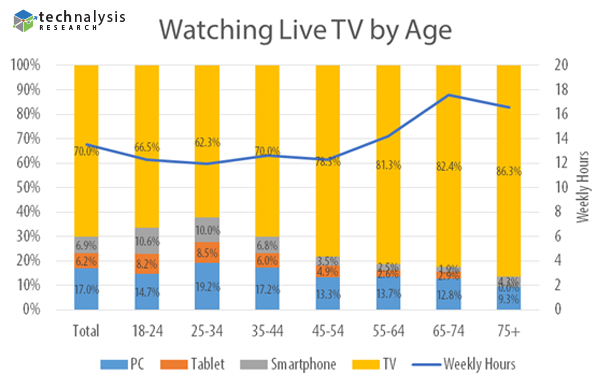
©2014, TECHnalysis Research
Looking at the same data by country, as the second chart below illustrates, offers an even more interesting perspective. The data clearly shows that in developing countries like China and Brazil, traditional TV watching is rapidly moving to non-TV devices. What’s also interesting about the China data is that it correlates well with TV ownership data from the survey. It turns out the average number of TVs per household in China is well below averages in the US and UK. While Chinese consumers still rank live TV watching as their most popular activity (though the absolute number of hours viewed per week is much lower than in other countries), the manner in which they engage in this activity has a profound impact on the devices they purchase for their home.
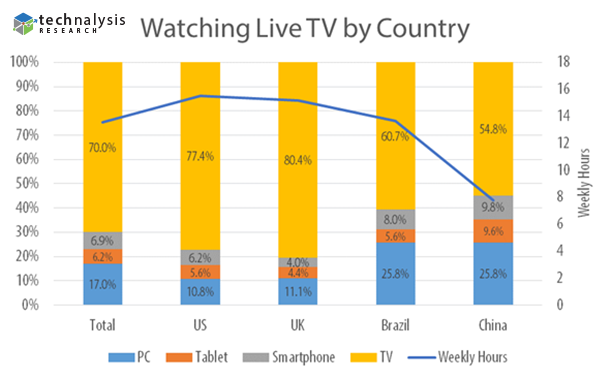
©2014, TECHnalysis Research
Moving forward, the interactions between devices and activities is likely to get even more complex and more diverse. But it’s apparent that people around the world are going to expect the ability to do whatever type of activities they want on whatever devices they have. Device vendors, app developers and service providers need to be cognizant of these demands and plan their strategies accordingly.


